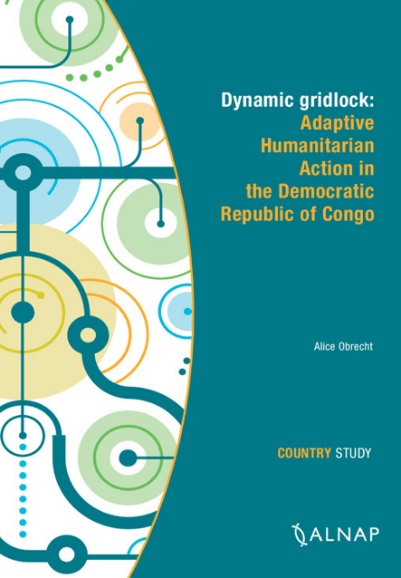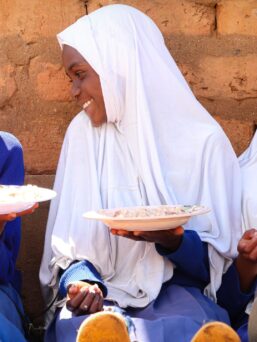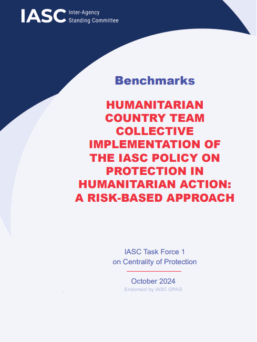In settings where underlying vulnerabilities to a crisis remain chronic, humanitarian organizations face longer periods of engagement and must shift this engagement frequently, as the situation, threats, and vulnerabilities fluctuate and change. This longer-term engagement for humanitarians carries a greater need to recognize the complexity of the contexts in which humanitarians operate. In this environment of increasing complexity, change, and uncertainty, there is the growing perception that humanitarian response is not sufficiently agile – with external and internal barriers stifling innovation and adaptation.
ALNAP is undertaking exploratory research to identify the current supportive conditions and practical barriers for adaptive humanitarian response through two country case studies, as well as a structured literature review, and a final report to be published in the coming months.
This first case study report, focusing on adaptive humanitarian action in the Democratic Republic of Congo, highlights the landscape of humanitarian action in DRC, as well as what flexible, adaptive action looks like in this context, drawing out several relevant connections to Results-Based Protection.
For those working in the DRC, the context is one of dynamic change, in which many small to mid-level, multi-faceted crises arise in different parts of the country on a weekly basis: “Every day is a new day and every day we have new problems.
(Key Informant Interviewee)
Consultations with key informants reveal the dynamic nature or the conflict (and its’ diverse forms), and how continuous context-specific analysis is needed to understanding shifting aspects of the risk environment and avoiding treating the conflict/ and related approaches to problem-solving as ‘one-size-fits-all’.
In unpacking the dimensions contributing to an actor or multiple actors’ ability to adapt, this report identified triggers for change and site of flexibility as key determining factors. In the DRC case, the most common prompts for adaptation were the following:
Again, it requires a strong dialogue with donors, but it also requires, kind of, constant reflection on “Is this programming appropriate for any given context?” and of course starting new programs, there’s always an opportunity to reflect on lessons learned, and how to again, be more appropriate based on evolving context.
(Key Informant Interview, INGO)
- Agency policy or framework;
- Security situation worsened;
- Population movement/ demographic shift;
- Beneficiary preference or request;
- Differences in implementing context.
By-in-large, adaptation was prompted by changes in rules and structures through which assistance is provided rather than context-specific needs. Regarding the ‘Site of Flexibility’ or where the adaptation takes place, the report characterized action taken as they relate to the following areas:
- Operational adaptation: where they operate, which populations they serve, how they deliver assistance;
- Programmatic adaptation: adapting the content of activities/ services;
- Strategic adaptation: adapting their broader role and function, or how they work within the system.
The report offers insights and recommendations for increasing flexibility across operational, programmatic, and strategic realms – emphasizing: investing in problem-solving and iterative reflection and learning, strengthening donor-partner relationships, reconceptualizing arbitrary programming timelines, dedicating resources for information management and analysis, meaningful engagement of affected populations in programme choice and design, and multisectoral coordination for achieving humanitarian outcomes in DRC.



